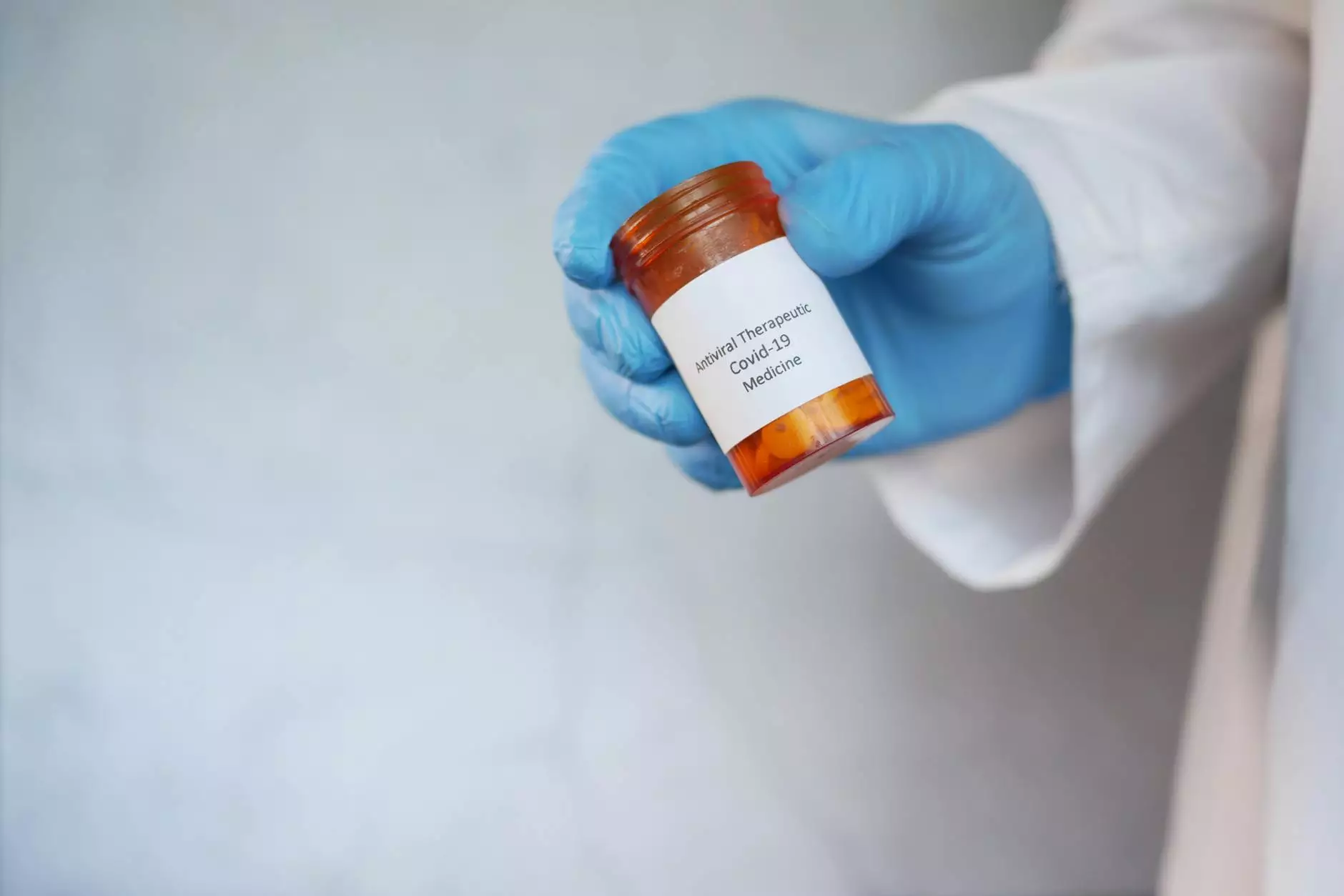Laparoscopic Assisted Vaginal Hysterectomy Procedure: The Future of Gynecological Surgery

The laparoscopic assisted vaginal hysterectomy procedure, often abbreviated as LAVH, represents a significant advancement in surgical techniques for women undergoing hysterectomy. This innovative approach blends the benefits of laparoscopic surgery with traditional vaginal hysterectomy, offering a minimally invasive alternative that caters to the unique needs of patients. As women’s health continues to evolve, it is crucial to understand the intricacies of this procedure and its implications for overall health and well-being.
Understanding the Laparoscopic Assisted Vaginal Hysterectomy Procedure
The laparoscopic assisted vaginal hysterectomy procedure facilitates the removal of the uterus through the vagina, utilizing laparoscopic techniques to enhance precision and minimize recovery time. This technique employs a combination of traditional surgical methods with advanced laparoscopic techniques, thus offering a blend of benefits from both worlds.
How Is It Performed?
During the LAVH, several small incisions (typically 1-2 cm) are made in the abdomen. A camera, known as a laparoscope, is inserted through one of these incisions, allowing the surgeon to visualize the pelvic organs on a monitor. The surgical instruments used for the procedure are inserted through the other incisions. Key steps include:
- Anesthesia: The patient is given general or regional anesthesia for comfort.
- Accessing the Uterus: The laparoscope helps the surgeon to view and manipulate the uterine tissue.
- Uterus Removal: Using specialized instruments, the surgeon detaches the uterus from surrounding tissues.
- Vaginal Extraction: The uterus is removed through the vagina, minimizing external incisions.
- Closure: The small abdominal incisions are closed, often with stitches or adhesive strips.
Benefits of Laparoscopic Assisted Vaginal Hysterectomy
Choosing the laparoscopic assisted vaginal hysterectomy procedure over traditional hysterectomy techniques brings a myriad of advantages:
- Minimally Invasive: Smaller incisions lead to less trauma, decreased pain, and a faster recovery process.
- Reduced Risk of Infection: With fewer open wounds, there is a lower chance of postoperative infections.
- Shorter Hospital Stay: Many patients can return home within a day, as opposed to longer stays associated with open surgeries.
- Rapid Return to Normal Activities: Most women can resume their regular activities within a few weeks.
- Aesthetically Pleasing: Smaller scars enhance the cosmetic outcome of the surgery.
Potential Risks and Complications
While the laparoscopic assisted vaginal hysterectomy procedure is generally safe, it is essential to be aware of potential risks. Understanding the complications can help patients make informed decisions:
- General Surgical Risks: These include bleeding, infection, or reactions to anesthesia.
- Injury to Surrounding Organs: Rarely, adjacent organs like the bladder, bowel, or blood vessels may be damaged during surgery.
- Conversion to Open Surgery: Sometimes, laparoscopic procedures may need to be converted to an open surgery if complications arise.
Patients should discuss these risks thoroughly with their healthcare provider before proceeding with the surgery.
Preparing for the Procedure
Preparation is key for a successful LAVH. Patients are advised to:
- Consultation: Schedule a preoperative consultation with a qualified surgeon to discuss health history and understand the procedure.
- Physical Exam: Undergo thorough examinations to ensure candidacy for surgery.
- Medication Review: Provide a list of all medications, supplements, and any over-the-counter drugs being taken.
- Preoperative Instructions: Follow specific instructions, such as dietary restrictions and stopping certain medications, as advised by the healthcare team.
Post-Operative Care and Recovery
The recovery phase following the laparoscopic assisted vaginal hysterectomy procedure is crucial for ensuring optimal healing. Patients should adhere to the following guidelines:
- Rest: Allow ample time for rest and limit physical activity for a few weeks.
- Pain Management: Utilize prescribed medications and over-the-counter pain relievers as directed.
- Follow-Up Appointments: Attend all scheduled follow-ups to monitor recovery and address any concerns.
- Gradual Increase in Activity: Slowly reintroduce light activities as tolerated, but avoid strenuous exercises or heavy lifting for several weeks.
- Monitor for Complications: Watch for signs of fever, excessive bleeding, or unusual pain and contact the physician if these occur.
Expert Insights on Laparoscopic Assisted Vaginal Hysterectomy
Dr. Seckin, a leading expert in women’s health and a specialist in minimally invasive gynecological surgeries, emphasizes the importance of personalized care during the laparoscopic assisted vaginal hysterectomy procedure. According to Dr. Seckin, “Every woman’s health journey is unique. Having a thorough discussion about surgical options, risks, and recovery expectations can empower patients to make informed decisions about their health.”
Patient Testimonials
Many patients who have undergone the LAVH have shared transformative experiences:
“I was pleasantly surprised by how quickly I recovered. The small incisions and minimal pain made all the difference. I was back to my routine in no time!” – Jane D.
“The procedure was less intimidating than I thought. Dr. Seckin explained everything along the way, and I felt supported throughout my journey.” – Mary S.
Conclusion: Empowering Women's Health with Advanced Techniques
The laparoscopic assisted vaginal hysterectomy procedure signifies a leap forward in gynecological surgery. With its *minimally invasive approach*, it not only enhances the surgical experience for women but also empowers them to reclaim their health more efficiently. By choosing surgeons like Dr. Seckin, patients can navigate this important process with confidence, ensuring they receive the best care possible. The evolving landscape of women’s health surgery celebrates these advancements, promising brighter tomorrows for women everywhere.
Call to Action
For more information about the laparoscopic assisted vaginal hysterectomy procedure, or to schedule a consultation with Dr. Seckin, please visit drseckin.com. Take the first step towards understanding your health!









